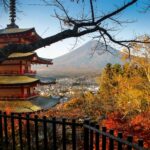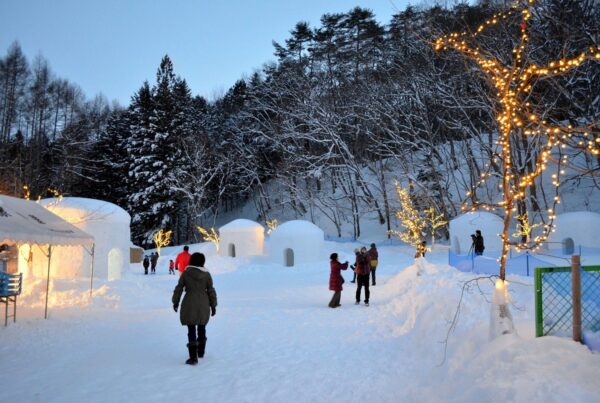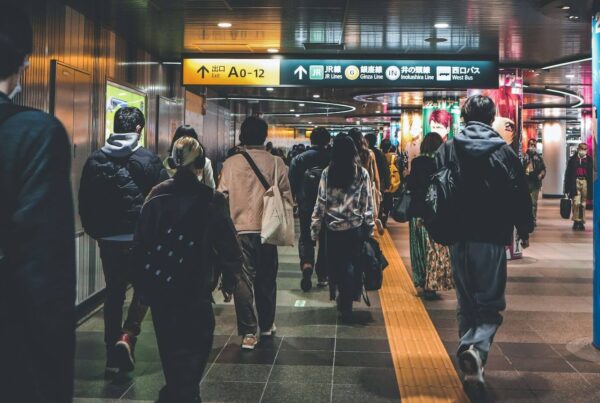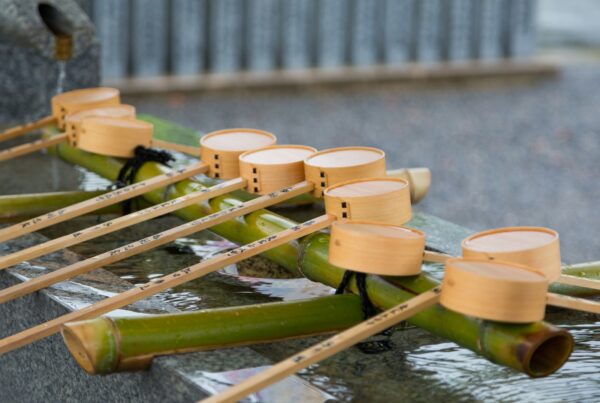Being created in conjunction with the Meiji Restoration in 1876, Iwate is a large prefecture situated on the northeastern coast of Honshu, Japan’s main island. It features active volcanoes such as Mt. Iwate and Mt. Kurikoma, and it’s known for many iconic landmarks. Morioka—its capital and largest city in the prefecture—is popular for its apples, whilst Hiraizumi is famous for retaining an abundant architectural legacy.
I was immediately drawn to this prefecture, as it offers plenty of traditional entertainment and cultural activities. Not only is it home to two World Heritage Sites, but it’s also where Kenji Miyazawa—one of Japan’s most famous children’s authors—was born.
Furthermore, the prefecture is represented by its beloved mascots, the Wanko Brothers (Kyodai). They are five smiling brothers in the shape of the traditional lacquered Japanese bowls, and each of their concave heads contains one of five food specialties of Iwate.
There’s certainly a lot to see and do in Iwate, so I’ve rounded up 12 of the coolest things you can experience in this renowned prefecture.
Table of Contents
Kagami Pond – Northwestern Iwate
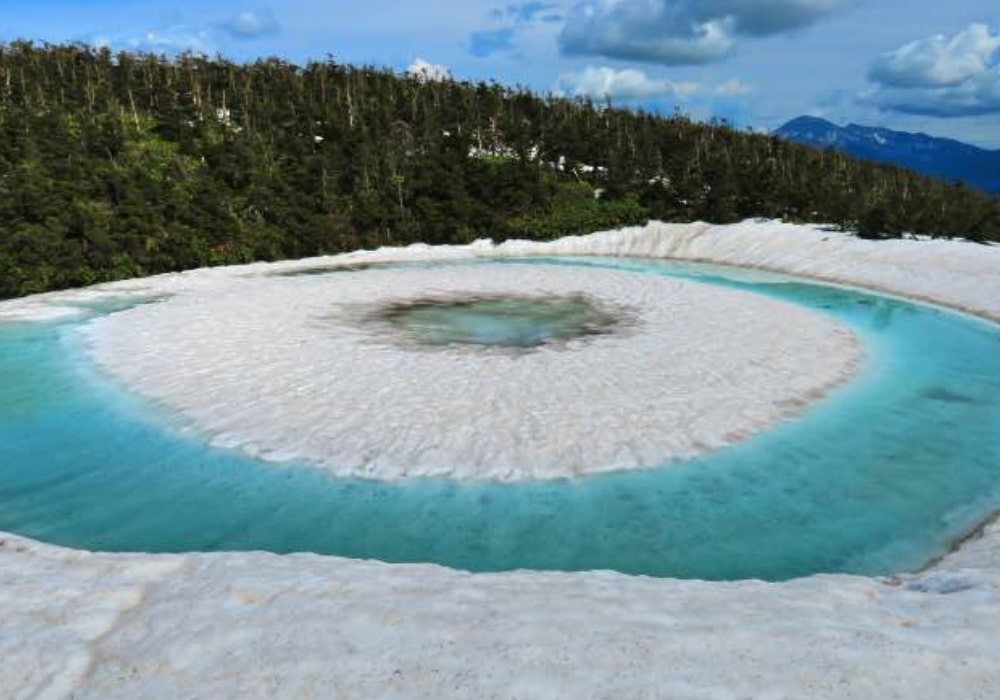
Credit: Visit Iwate
Surrounded by a dense forest of maple trees, Kagami Pond (Numa) is one of the many volcanic lakes located along the nature trail of Mt. Hachimantai in Japan. This is no ordinary lake as—once the winter snow starts melting—the ice forms a small central island surrounded by a ring of water, which is why the lake is also referred to as “Dragon Eye”. Legend says that this lake was the meeting spot of two dragons in love.
There’s a catch, though… Kind of. You can only witness this fascinating phenomenon between the end of May and the beginning of June, as it only lasts a week, so keep that in mind while planning your trip.
Address: 〒381-4101 長野県長野市戸隠
Morioka Sansa Odori Festival – Northwestern Iwate
Local festivals are definitely a great way to experience Japan’s extensive culture, and Morioka’s Sansa Odori Festival is an absolute must! Legend says that a long time ago a demon named ‘Rasetsu’ was terrorizing the local people. The people prayed to the deity of Mitsuishi Shrine to free them of the demon. The god made the demon swear that he would never do bad deeds again, and as a sign of his pledge, the demon placed his hand on a large rock and left a handprint. This is how the Sansa dance came to be.

Credit: JNTO
From August 1st through 4th, over 10,000 taiko drummers and dancers parade through the city. What is really stellar about this festival is that, during the final half hour for the first three nights and the last hour for the final night of the event, parade-goers are invited to join in, creating a magical bonding experience.
Website: http://www.sansaodori.jp/foreign/english.php
Hours: Each activity has their own start/end times
Price: FREE
Morioka Handi-Works Square – Northwestern Iwate

Credit: Morioka Handcraft Village
Another Morioka-based activity worth mentioning is Handcraft Village, located near Tsunagi Hot Springs. Here visitors can try their hand at making local crafts, watch master artisans ply their trade, and look over the various fine goods being exhibited. In the Workshop area, making Nambu sembei rice crackers and Nambu Cast Ironware are among the most popular activities to try, although there are all sorts of projects, from Chagu Chagu horse dolls to dyeing textiles.
Website: https://tezukurimura.com/
Address: 〒020-0055 岩手県盛岡市繋尾入野64-102
Hours: 8:40 a.m.–5:00 p.m.
Ryusendo Limestone Cave – Northeastern Iwate
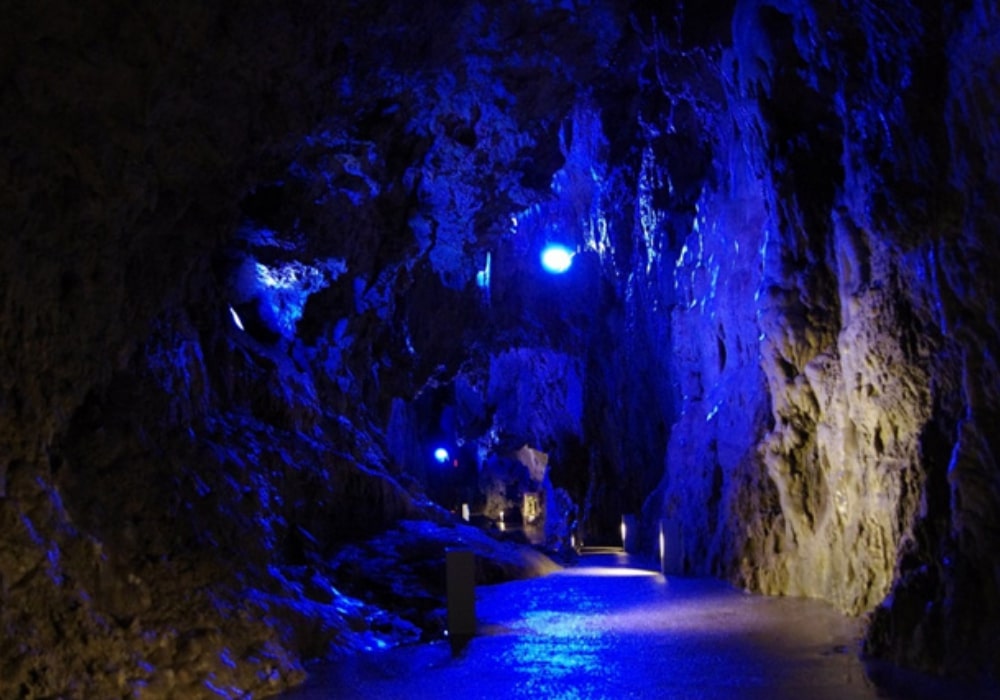
Credit: iwate-ryusendo.jp
Deemed a national natural treasure, Ryusendo Cave is one of the Three Greatest Limestone Caves in Japan and is absolutely worth adding to your itinerary. The cave is supposedly estimated to be over 5,000 meters in length—including unexplored areas—of which 700m are open to the public. Some of the must-see landmarks are Dragon’s Abyss—a rock formation resembling a dragon’s head—and the Bat Cave—hosting the rare, long-eared bats. There are also three underground lakes, whose water is amongst the most transparent in the world.
Website: http://www.iwate-ryusendo.jp/en/
Address: 〒027-0501 岩手県下閉伊郡岩泉町岩泉神成1番地1
Hours: 9:00 a.m.–4:00 p.m.
Price: Adults ¥1100 / Students ¥550
Yukiyagawa Dam Forest Park – Northeastern Iwate

Credit: karumai-kanko.jp
If you are less inclined to go cave-exploring and want a more “relaxing” day out, Yukiyagawa Dam Forest Park is the perfect choice. It’s a natural forest park where about 150,000 tulips are in full bloom from late April to mid-May. If you also love hydrangeas, then plan your trip from mid-July and you’ll be able to see these beautiful flowers in full bloom.
Website: https://www.karumai-kanko.jp/
Address: 〒028-6411 岩手県九戸郡軽米町小軽米第20地割
Hours: 9:00 a.m.–5:00 p.m.
Price: Adults ¥300 / Students ¥150
Kuji Amber Museum – Northeastern Iwate
The Kuji region in Iwate is renowned for being Japan’s largest amber-producing area. Amber came to be known by a wider public after the release of the movie, Jurassic Park. In the film, the fossils of mosquitoes trapped in amber are used to extract dinosaur DNA and recreate the once-extinct creatures in the modern day. Amber from the Kuji area precisely dates to the late Cretaceous period in the Mesozoic Era.
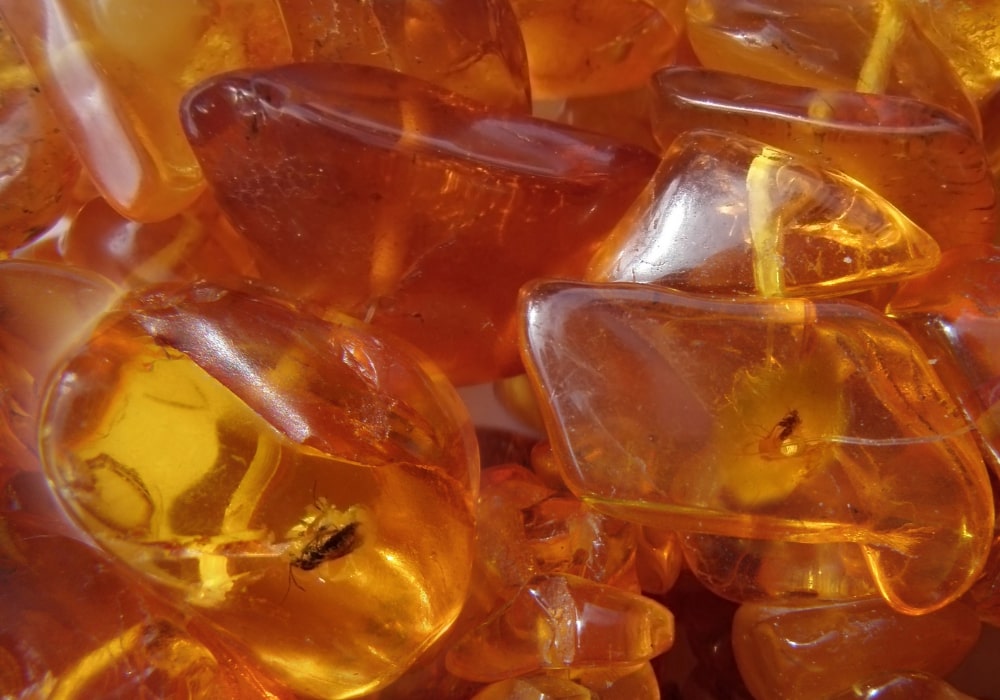
Credit: Wikimedia Commons
While visiting the Museum, visitors can see documents and ornaments relating to amber and even insects suspended in amber. There is a capsule known as “sun stone” in Japan, where you can experience the charm of amber through the refraction of light, sound, and fragrance. There is also an amber laboratory where visitors can learn the mysterious qualities of amber by performing various experiments.
Not only that, but you can make the visit to this precious location even more memorable by visiting the handicraft corner and making your own accessories with amber. Isn’t this cool?
Website: http://en.kuji.co.jp/
Address: 〒028-0071 岩手県久慈市小久慈町第19地割156-133
Hours: 9:00 a.m.–5:00 p.m.
Price: Adults ¥500 / Students ¥200
Miyazawa Kenji Fairy Tales Village – Southwestern Iwate
Who doesn’t like fairy tales? I do, so I thought Miyazawa Kenji Fairy Tales Village would be a really enchanting location to add to your Iwate itinerary.

Credit: hanamaki.j-server.com
Miyazawa was born in Hanamaki in 1896. His signature fairy tales “Ginga Tetsudo no Yoru”, “Kaze no Matasaburo”, and “Chumon no Ooi Resutoran” are enjoyed by both children and adults in Japan.
The Fairy Tales Village consists of several facilities where visitors can immerse themselves in the world of Kenji Miyazawa’s children’s stories. However, the main one is called Kenji no Gakko and it’s divided into five different themed zones: the Fantastic Hall, Space, Sky, Land, and Water. By using video and sound effects, you’ll feel like you’re being transported into Miyazawa’s magical world, and it’s definitely an experience you don’t want to miss.
Website: https://www.city.hanamaki.iwate.jp/miyazawakenji/dowamura/index.html
Hours: 8:30 a.m.–4:30 p.m.
Price: Adults ¥350 / Students ¥250
Genbikei Gorge – Southwestern Iwate
A gorgeous scenic spot in the prefecture of Iwate, Genbikei Gorge is a 2km stretch of the Iwai River, a landmark known for its rugged scenery and dynamic landscape.
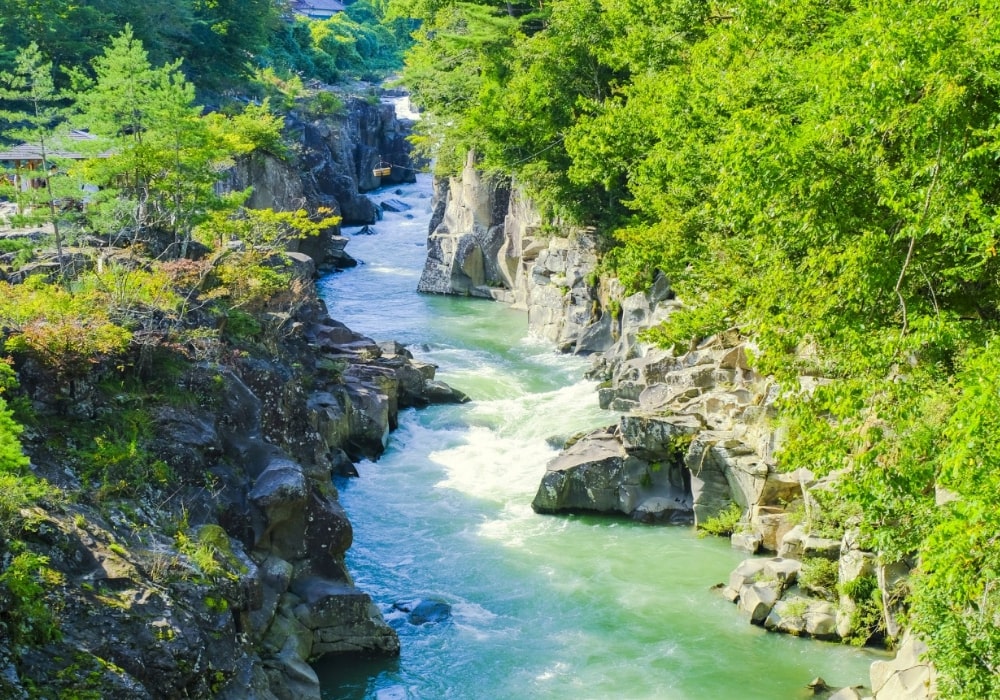
Credit: Gaijinpot Travel
Here visitors can enjoy the breathtaking views of the waterfalls and unique rock formations, as well as get a delicious taste of the local specialty of Genbikei, the popular Flying Kakko Dango. Confused? No need! Visitors can place an order via a hanging basket by putting the money in the basket and knocking the board with the wooden hammer provided so that the shop—on the other side of the gorge—knows an order is on its way. The staff will then pull the basket across and send it flying back with a box of Dango and a cup of green tea. I don’t know about you, but I think the flying dango would be reason enough to visit Genbikei Gorge. Well played, Iwate, well played.
Website: https://www.ichitabi.jp/
Address: 〒021-0101 岩手県一関市厳美町滝ノ上 地内
Hours: Year-round
Price: Free
Motsu-ji Temple – Southwestern Iwate
Because I like my Shrines and Temples—as well as my legends—I couldn’t not include Motsu-ji Temple, located in the town of Hiraizumi.
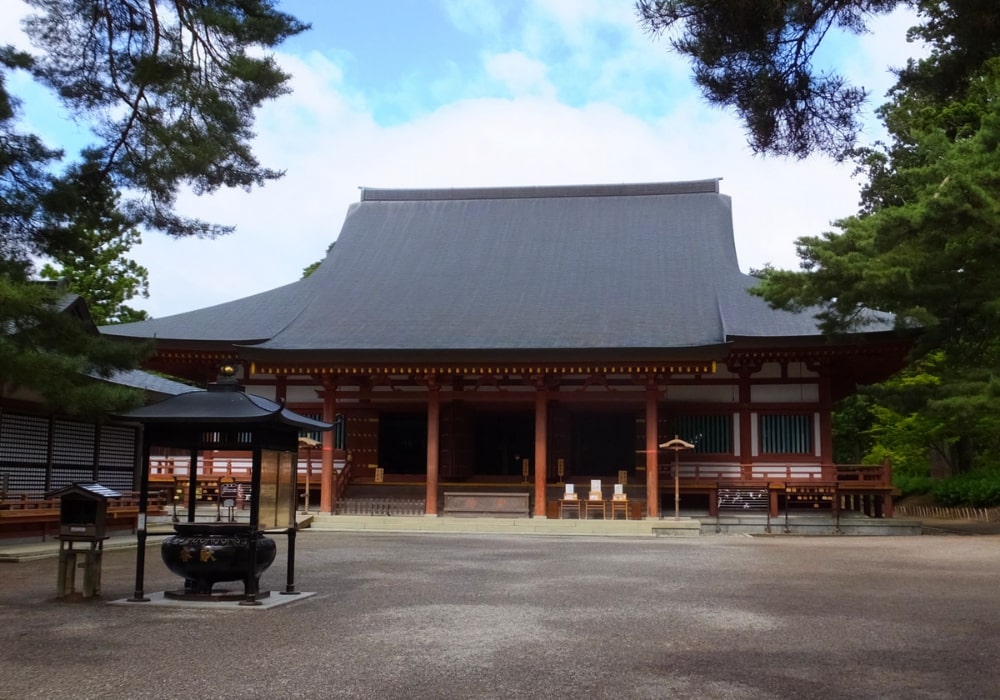
Credit: Visit Iwate
Legend says that in the year 850, the great priest Ennin—the third head abbot of the Tendai sect—was traveling around northern Japan when he became lost in a thick fog in this area and was unable to proceed another step. When he glanced at his feet, he noticed the hair of a white deer lying there beside them. Intrigued by the event, the priest followed the trail of hair to find its owner, a white stag. It vanished into the fog as soon as Ennin approached the deer, a silver-haired old man appearing in its place.
He told the abbot “This is a sacred place. If you build a temple here, the Buddhist law shall surely spread among the people.” He felt that the old man was an incarnation of the healing Buddha—Yakushi—and promptly followed his advice, building a hall which he named Kashoji. And that is how Motsuji Temple was founded.
The temple grounds still contain many foundation stones and other relics from the Doto Monastery, which was erected during the Heian period.
Website: https://www.motsuji.or.jp/en/
Address: 〒029-4102 岩手県西磐井郡平泉町平泉大沢58
Hours: 8:30 a.m.– 5:00 p.m.
Price: Adults ¥700 / Children ¥400
You might also like:
Kamaishi Daikannon Statue – Southeastern Iwate
With a height of 48.5m, the Kamaishi Daikannon Statue is a majestic sight on the Kamasaki Peninsula in Odaira-cho and situated on a hill overlooking Kamaishi Bay, Southeastern Iwate. Depicting the Buddhist goddess of mercy, the Daikannon holds a fish and stands facing out to sea in order to watch over Kamaishi’s sailors and ensure they have an abundant catch.

Credit: kamaishi-daikannon.com
The statue—with 11th floors—has an observatory, as well as a worship hall. There are also seven deities of good fortune carved in wood that can be found on each floor. Legend says that when you worship the Seven Lucky Gods, seven disasters are removed, and you are endowed with seven happiness. Considering the past couple of years, I think we all need a bit of luck, so this is definitely a stop you want to make in your itinerary when travel resumes.
Website: http://kamaishi-daikannon.com/
Address: 〒026-0002 岩手県釜石市大平町3丁目9−1
Hours: 9:00 a.m.– 5:00 p.m.
Price: Adults ¥500 / Children ¥300
Kappabuchi Pond – Southeastern Iwate
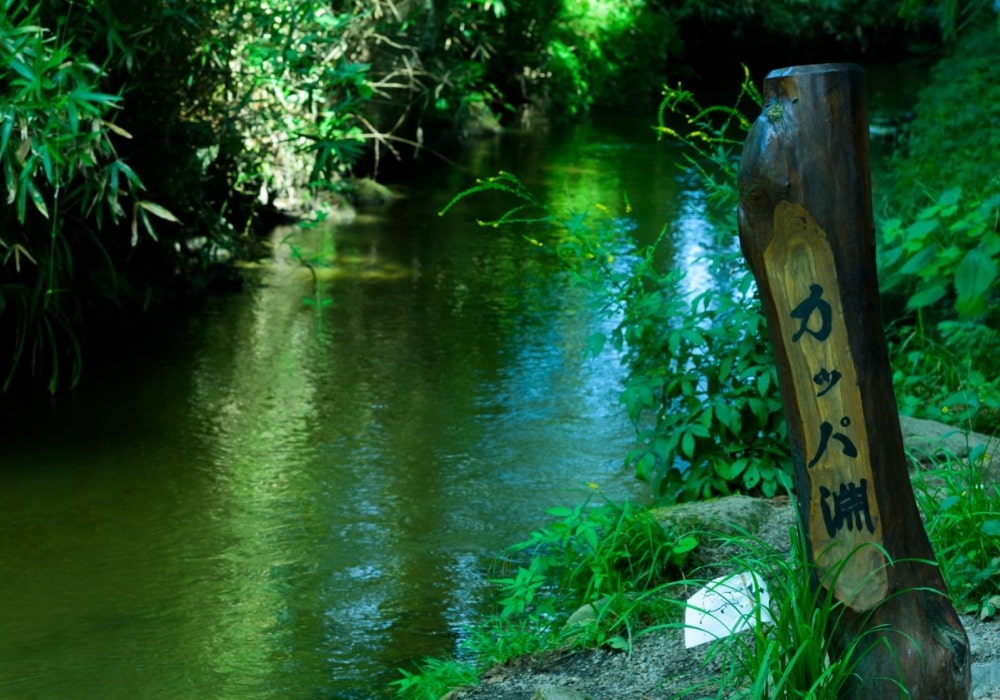
Credit: tohokukanko.jp
Located behind Jokanji Temple in Tono City, Southeastern Iwate, Kappabuchi Pond is a great getaway for families with children looking for a pleasant family fun adventure. The pond is home to Kappa, the legendary creatures in Japanese folklore that live in rivers and ponds. They are mischievous river sprites—humanoid with animal-like features—who love to threaten people and play tricks on passersby; however, they are adored by the locals.
Next to the pond there is a small shrine to the Kappa gods where expectant mothers pray that they will be able to breastfeed their child.
Website: https://tonojikan.jp/ml/spot01/joken-ji-temple-and-the-kappabuchi-pool-joken-ji-temple-and-the-kappabuchi-pool/
Cost: Free
Mt. Hayachine – Southeastern Iwate

Credit: Wikimedia Commons
Located in the Tōhoku region of northern Honshū—and with an altitude of 1,917 m—Mt. Hayachine is the highest mountain in the Kitakami Range (a mountain range that extends for 250 kilometres). If you love outdoors and nature, you’ll bask in the beauty of this mountain, admiring its various kinds of alpine flora growing and blooming in the harshness of this natural environment.
And because I like to include a bit of folklore wherever I can, if you are climbing Mt. Hayachine and get to the top, make sure to look around the summit for the many oddly-shaped rocks, which have become objects of religious faith. One of them has a folk story about a tengu—a long-nosed goblin—who hit his head on this rock.
Address: 〒028-2421 岩手県宮古市江繋
BONUS ITEM!
I couldn’t finish this without including something food-related, so I’ve saved one of the coolest things you can add to your itinerary for last!
The Wanko Soba Challenge
Wanko Soba (わんこそば) is a traditional Japanese style of soba noodles from Iwate Prefecture in Japan. Legend says that Wanko Soba originates from the soba that was served by the Hanamaki farmers to a samurai lord who was traveling to Tokyo.

Credit: wankosoba.jp
For this challenge, the aim is to eat as many bowls of soba as you can. Your feast begins with the sound of a Japanese taiko drum, and you will feel transported back into the Edo period, since part of this challenge is to wear a traditional Kamishimo apron like the samurai lord in the legend did. You can attempt the Wanko Soba challenge alone, however, it’s more fun to try this with your friends and see who gives up first!
So, there you have it! Twelve of the best things you can experience when exploring Iwate Prefecture—plus a bonus item! Let’s hope Japanese borders will reopen for travellers soon so you can visit all these gorgeous places. How many of you would attempt the Wanko Soba Challenge? Let us know!
If you wish to discover more amazing places in Japan, don’t forget to follow us on Facebook, Instagram, Twitter, and Pinterest for more fun stuff!

Francesca Poggi
Originally from Italy, Francesca spent the last twelve years in beautiful England and is now back in her home country, working hard to make her dream of moving to Japan a reality. She loves writing about Japanese culture and everything Japan has to offer. Among her big passions there’s tea—sometimes she even dreams of it! She is also currently self-studying Japanese. When she isn't busy writing or studying—or, you know, drinking tea—she can be found watching Asian TV dramas, or Japanese period (especially Edo and early Meiji) films. Her favourite is Rurouni Kenshin.



